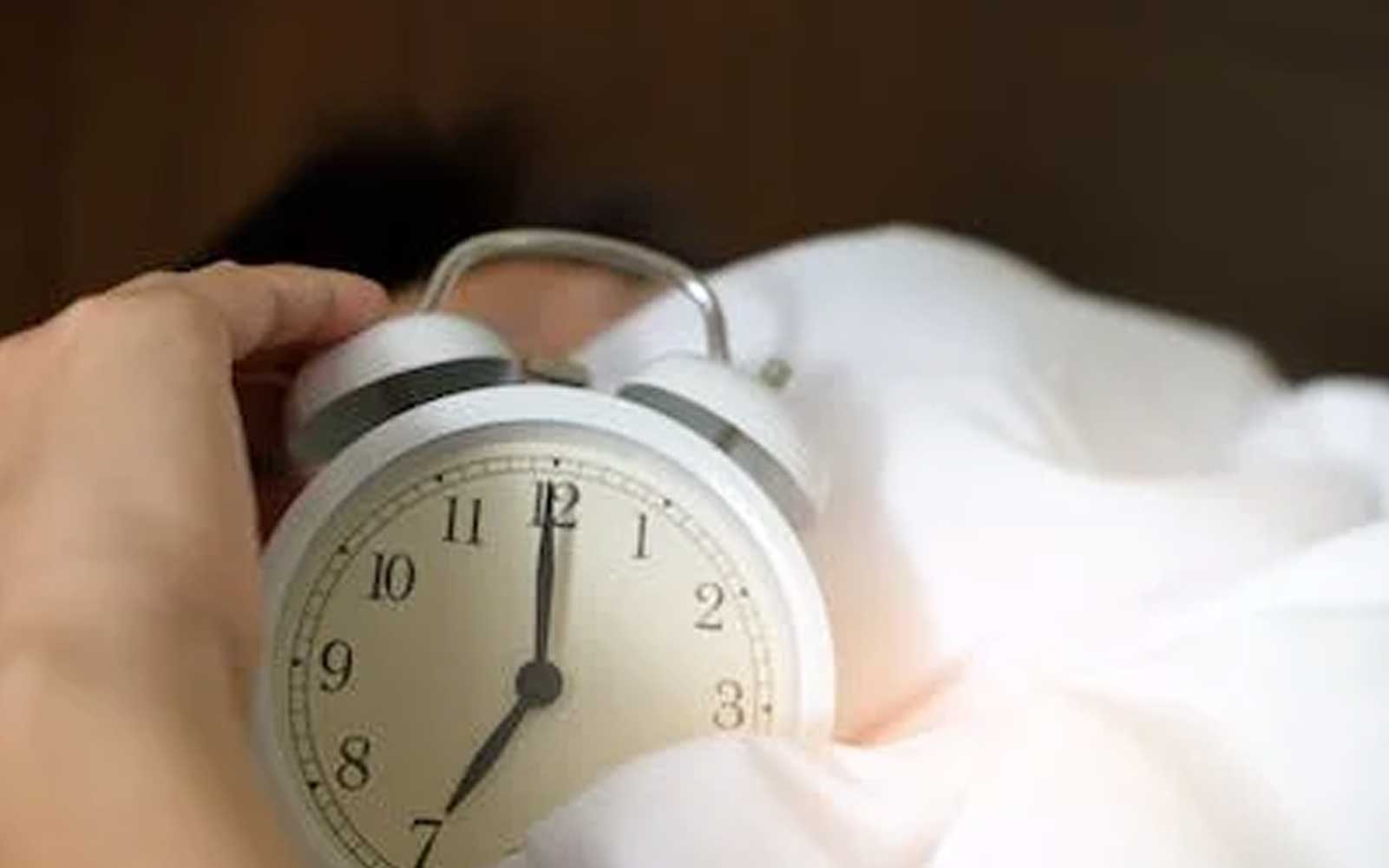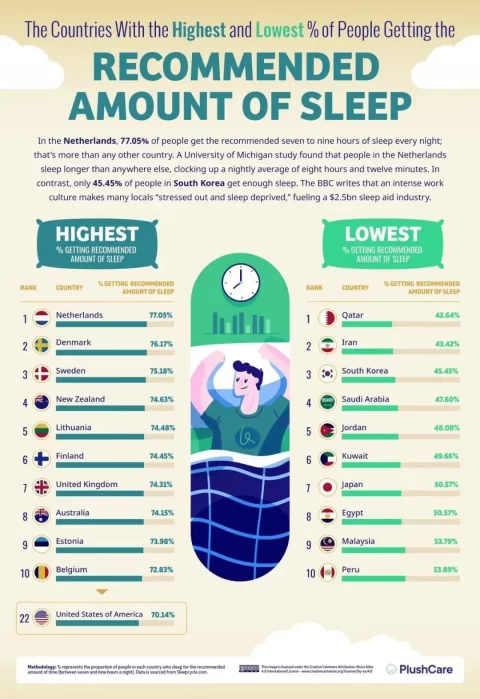
Targeting the 60% of people with “sleep disorders”, the Middle East’s sleep economy has great potential
With the rapid development of society and the increasing pressure of life, more and more people fall into the state of poor sleep quality or insufficient sleep. Sleep disorders not only affect people’s quality of life, but can also have a negative impact on physical health and mood. Particularly in Gulf Arab countries such as Qatar, Saudi Arabia and Kuwait, the proportion of short sleepers is shocking.
The Gulf Arab states of Qatar, Saudi Arabia and Kuwait are among the top 10 short sleepers, according to a study published by online medical service PlushCare. The situation is particularly bad in Saudi Arabia, where only 47.6 percent of people get enough sleep. This data sheds light on the widespread sleep problems in the region and the desire for a good night’s sleep.

To gain a deeper understanding of sleep in the Middle East, Kuwait University distributed an online questionnaire via social media during the COVID-19 lockdown. The results showed that the prevalence of insomnia in the UAE, Saudi Arabia, Kuwait, Oman, Qatar and Bahrain was 66.7%, 64.4%, 63.9%, 48.4%, 61.4% and 63%, respectively. The combined prevalence of insomnia in these six countries is 63.9%, which is at a high level compared to the rest of the world. This data further confirms the widespread sleep problems in the Middle East and the urgent need to improve the quality of sleep.
In the face of this severe situation, a new tourism model – sleep tourism has emerged in the Middle East. This is an unconventional way to improve sleep for the purpose of vacation, is gradually gaining favor. According to a survey by Skyscanner, 80% of Emirati travellers say they are more concerned about the quality of their sleep than they were a few years ago, and expect this trend to rise further this year. This emerging tourism model not only provides people with the opportunity to relax and improve sleep, but also brings new development opportunities for related industries.
At the same time, awareness of sleep problems is growing in the Middle East. Their growing awareness of the importance of sleep to their overall health and well-being is further driving the increasing demand for sleep aid products. According to a survey by Market Data Forecast, the Middle East and North Africa sleep aid market is expected to grow from $1.95 billion in 2023 to $2.71 billion in 2028, a compound growth rate of 6.8%. This data shows the huge potential and development prospects of the sleep economy industry in the Middle East.
In the global sleep market, by product type, it can be subdivided into sleep home products, drugs/health products, sleep equipment products, etc. However, for cross-border sellers, sleeping home products and device products may be a better choice. Because drugs and health products often face high barriers to entry and market regulation.
Directly improving the sleep environment is considered to be one of the most effective ways to help you sleep. With the popularity of the “sleep economy”, many functional products with “black technology” gimmick have emerged on the market, such as sleep speakers, sleep monitors, sleep headbands, etc. These products have become the new products of many businesses, and are known as the new “sleep AIDS”. On Amazon Saudi Arabia, these sleep aid products come in a variety of styles and are priced between 30 and 300 shaya, providing consumers with more choices.

Overall, sleep problems in the Middle East are getting worse, but this also brings new opportunities for related industries. With increasing awareness of the importance of sleep, increasing demand for sleep products, and the rise of new models such as sleep tourism, the Middle East’s sleep economy industry is promising.



